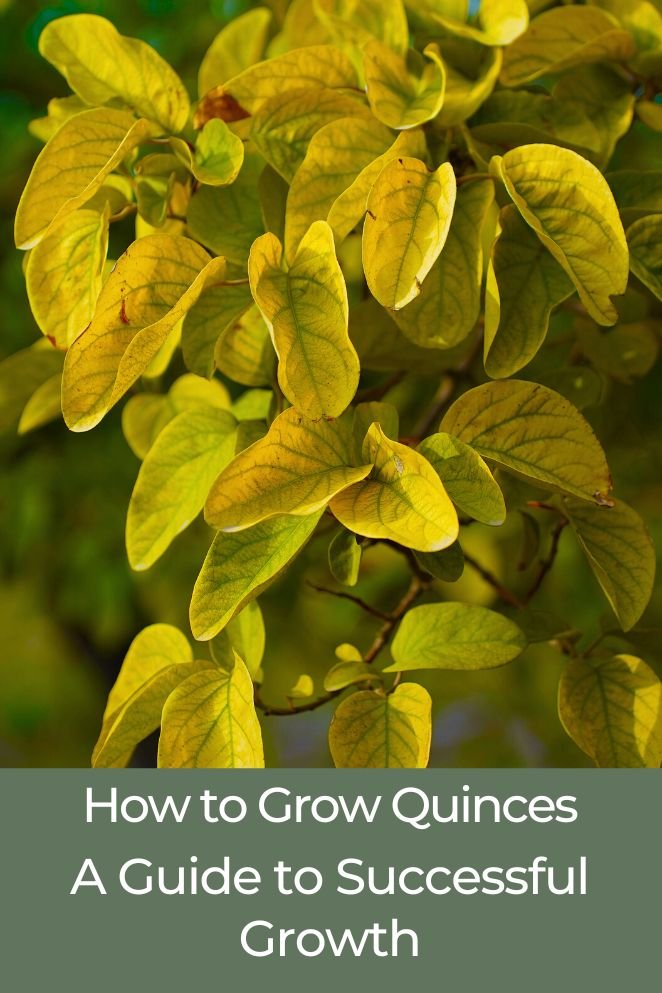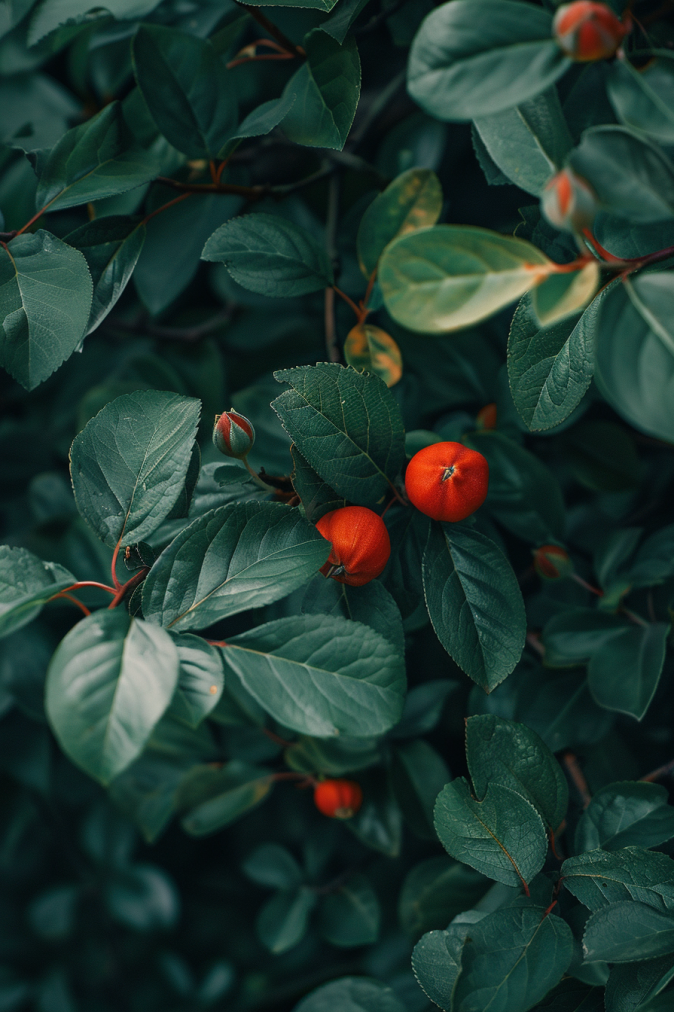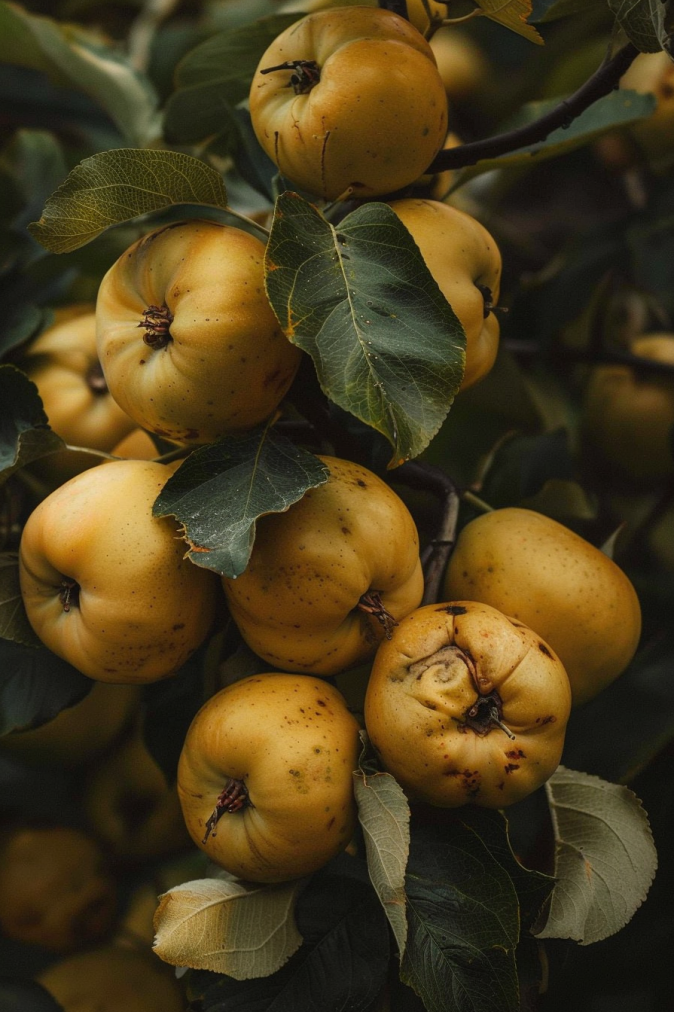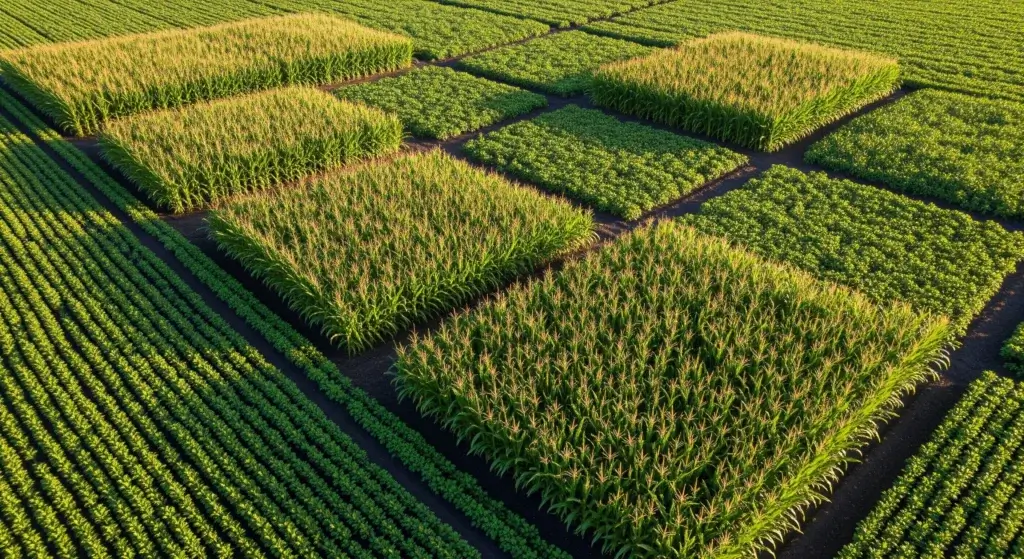
Quinces, with their golden, aromatic fruit, are a delightful addition to any garden.
Not only are they a versatile fruit for cooking and baking, but they also offer ornamental value with their beautiful blossoms.
In this guide, we’ll explore the benefits of growing quinces and provide detailed insights on how to cultivate and care for these remarkable fruit trees.
Benefits of Quinces
Growing your own quinces can be a rewarding experience, unlocking a world of culinary delights and health benefits.
Let’s explore the alluring advantages of bringing these unique fruits to your garden:
- Read also: Tips on How to Grow Lemon Balm
- Read also: Step By Step on How to Grow Blackcurrants
Culinary versatility
Unlike their flashy cousins, apples, and pears, quinces are not meant for immediate enjoyment.
But fear not!
Their true magic lies in their transformation.
Cooked quinces boast a tart, complex flavor that shines in jams, jellies, chutneys, and even savory dishes like tagines and stews.
Quince paste adds a unique depth to desserts and pastries, while quince liqueur offers a sophisticated after-dinner treat.
Nutritional powerhouse
Don’t let their unassuming appearance fool you. Quinces pack a punch of vitamins and minerals.
They are a good source of dietary fiber, essential for gut health, and contain vitamins C, E, and B-complex, important for various bodily functions.
Additionally, they boast antioxidants that help protect your cells from damage.
Sustainability and local bounty
Growing your own quinces promotes sustainability by reducing reliance on imported produce and minimizing transportation emissions.
Enjoying the fruits (literally!) of your labor not only provides a sense of accomplishment but also ensures you’re consuming fresh, locally grown food.
A Gardener’s challenge and reward
Quinces are not the easiest fruit to grow, but the journey is part of the reward.
They require patience, understanding their specific needs, and celebrating small victories.
Mastering their care and harvesting your own bounty is a satisfying achievement for any gardener.
Uniqueness and conversation starter
Let’s face it, quinces are not your everyday fruit.
Growing them sets you apart, sparking curiosity and conversation among fellow gardeners and food enthusiasts.
Share your knowledge and experiences, inspiring others to explore the wonders of this underappreciated fruit.
A Connection to history and culture
Quinces have a rich history, dating back centuries and woven into various cultures.
Growing them connects you to this heritage and allows you to appreciate the traditions and culinary creations that have evolved around this unique fruit.

How to Grow Quinces
Quinces are a delightful addition to any garden, offering a variety of culinary and ornamental benefits. Follow these steps to successfully grow quinces:
Choose the right location
Selecting the right location is the first crucial step in growing thriving quince trees.
They thrive in full sun exposure and well-drained soil with a pH between 6.0 and 7.0.
For those in colder regions, consider planting quince trees against a south- or south-west-facing wall to provide extra warmth and shelter.
Planting
Timing is key when planting quince trees.
The optimal planting time is between November and March, during their dormant period.
Prepare a hole that is two to three times wider than the container the young tree is in.
Before planting, immerse the root system in a pail of water for 5 to 10 minutes.
This helps ensure the tree adjusts well to its new home.
Watering
Newly planted quince trees require regular watering throughout their first growing season.
Even established trees benefit from extra hydration during hot, dry spells, especially when the fruits are swelling.
Adequate and consistent watering is crucial for healthy growth and fruit development.
Fertilizing
Fertilize your quince trees once a year, preferably during the winter.
Choose a slow-release, low-nitrogen fertilizer enriched with essential micronutrients.
This annual boost provides the necessary nutrients for robust growth and bountiful harvests.
Pruning
Pruning plays a vital role in shaping quince trees for optimal growth.
Mimic the pruning techniques used for apple trees, aiming to create an open-centered, goblet shape.
For newly planted quinces, follow the same pruning guidelines as you would for apple trees to encourage strong and balanced growth.
Propagation
While quinces can be propagated from both cuttings and seeds, growing from cuttings is generally more reliable.
Take cuttings during the fall or early winter, and plant them in a pot filled with a well-balanced mix of potting soil or light soil combined with organic compost.
Harvesting
The much-anticipated harvest season for quinces typically occurs in autumn, spanning from September to November.
The fruit is ready to be picked when it displays a luscious golden-yellow hue.
Exercise care during harvesting to ensure the quinces are at their peak ripeness.

Common Quince Problems
While quinces offer unique rewards, they can also present challenges for even experienced gardeners.
Fruit-related issues
- Cracked fruit: Caused by inconsistent watering, especially during fruit development. Maintain consistent moisture to avoid uneven growth and cracking.
- Fruit drop: This can occur due to several factors like pollination issues, lack of nutrients, or water stress.
- Small fruit: Often caused by inadequate nutrients, insufficient sunlight, or pests like the codling moth.
Disease and pests
- Fire blight: This bacterial disease causes rapid dieback of branches and can be devastating.
- Scab: This fungal disease attacks leaves and fruits, causing brown, scabby spots. Improve air circulation, remove infected leaves, and use organic fungicides like neem oil if necessary.
- Codling moth: This pest lays eggs in developing fruits, creating tunnels and causing premature drop. Use insect traps, natural predators like ladybugs, or targeted organic insecticides.
Other issues
- Poor growth: This can be caused by various factors like nutrient deficiencies, unsuitable soil conditions, or root problems.
- Lack of flowering: Young trees may not flower for several years. Be patient! Ensure proper sun exposure and avoid excessive nitrogen fertilization, which can promote leaf growth over fruiting.
- Yellowing leaves: Nutrient deficiencies (iron, magnesium) or disease can cause yellowing.

How to Treat Your Quinces
When it comes to handling problems with your quinces, employing integrated pest management (IPM) practices is the wise approach.
Preventive measures
Begin by implementing preventive measures to create a resilient environment for your quinces.
Ensure proper spacing between trees to promote air circulation, reducing the likelihood of diseases.
Regularly inspect your trees for signs of pests or diseases, catching potential issues early on.
Applying organic mulch around the base of your quince trees can also help retain moisture and suppress weeds, contributing to overall plant health.
Cultural controls
Cultural controls involve adjusting the environment to limit the impact of pests and diseases.
Pruning your quince trees to encourage an open structure promotes air circulation, reducing the risk of fungal infections.
Remove any dead or diseased branches promptly.
Practice proper sanitation by cleaning up fallen leaves and fruit to prevent the buildup of disease-carrying agents.
Targeted treatments
In cases where preventive measures and cultural controls are insufficient, consider targeted treatments.
Opt for environmentally friendly pesticides or insecticidal soaps that specifically target the identified pests while minimizing harm to beneficial insects.
Additionally, copper-based fungicides can be effective against certain fungal diseases, striking a balance between control and environmental impact.
- Read also: How to Grow Gerberas
- Read also: A Comprehensive Guide: How To Grow Brussels Sprouts

Conclusion
Growing quinces is a rewarding endeavor that offers a wealth of culinary and aesthetic benefits.
By providing proper care, attention, and timely interventions when needed, quince trees can thrive and yield an abundant harvest of delectable fruit.
Whether you’re an experienced gardener or a novice enthusiast, the allure of quinces is undeniable, making them a delightful addition to any home orchard.
FAQs
Quinces prefer well-drained soil with a pH between 6.0 and 7.0. Amend your soil with compost or organic matter before planting.
Yes, fertilize your tree lightly in early spring with a balanced organic fertilizer. Avoid excessive nitrogen, as it can promote leaf growth over fruit production.
Most quince varieties require cross-pollination from another compatible variety. Plant two trees unless your chosen variety is self-fertile.
Store quinces at room temperature for a few weeks. For longer storage, refrigerate them or process them into jams, jellies, or preserves.



